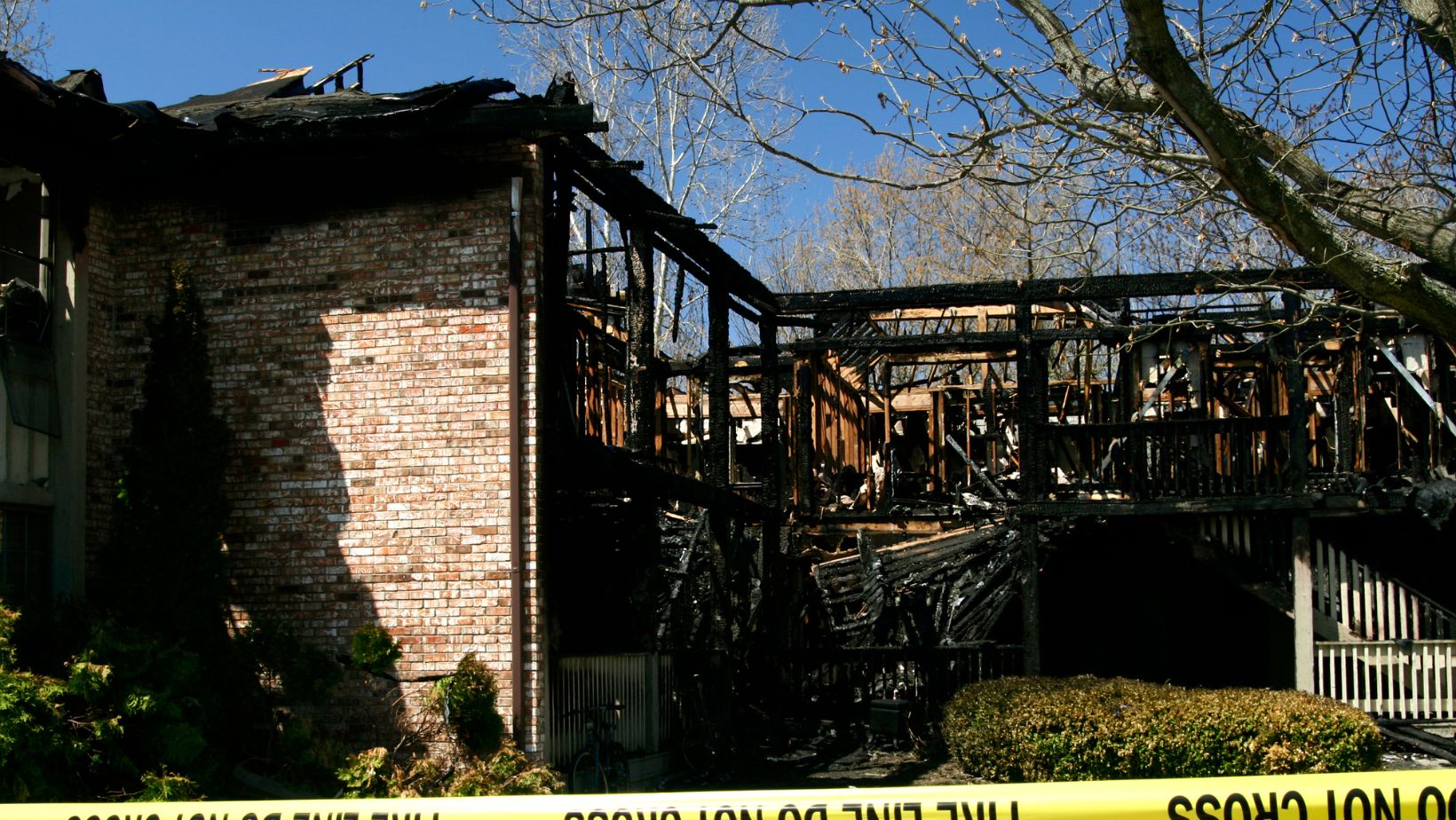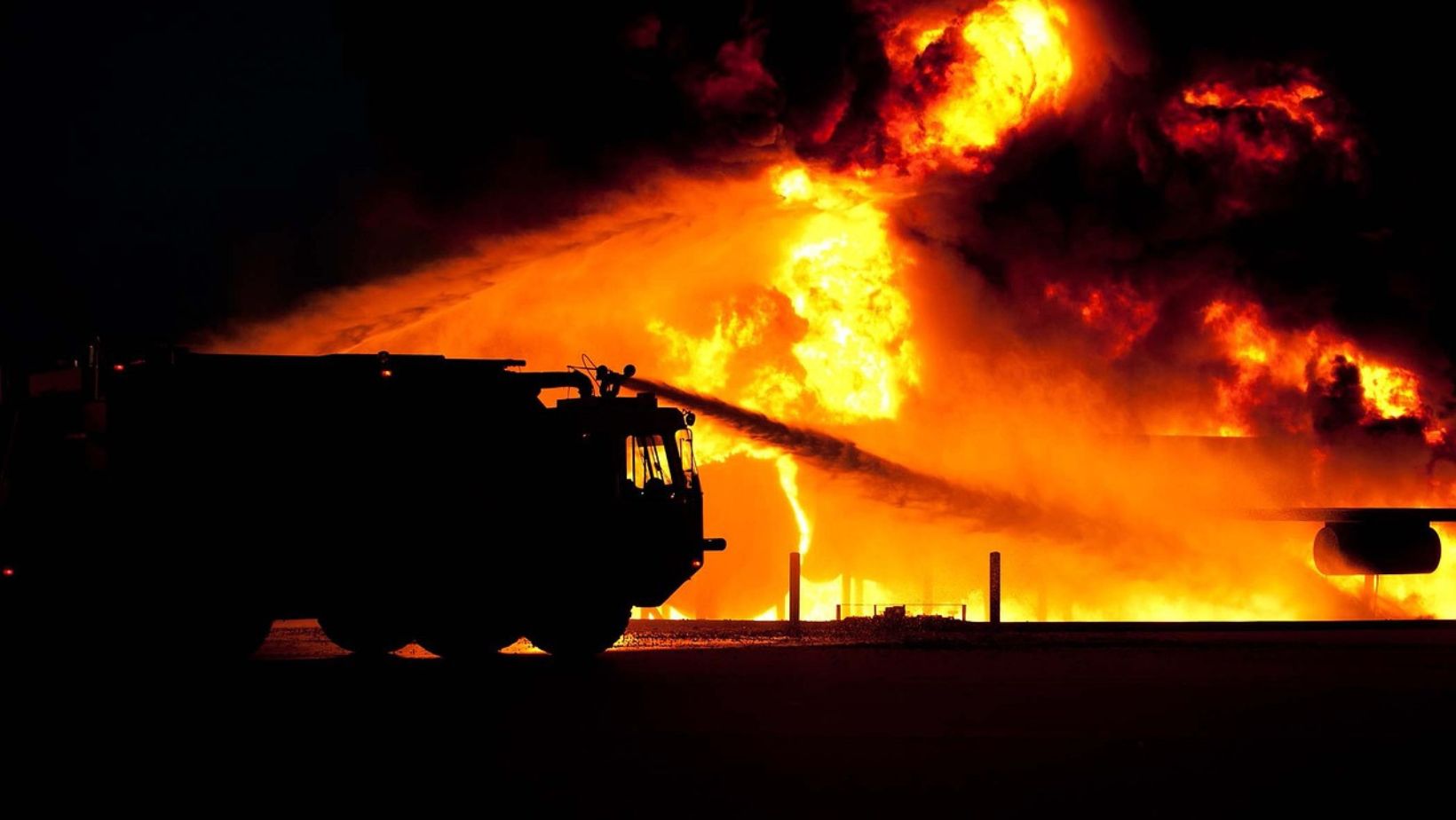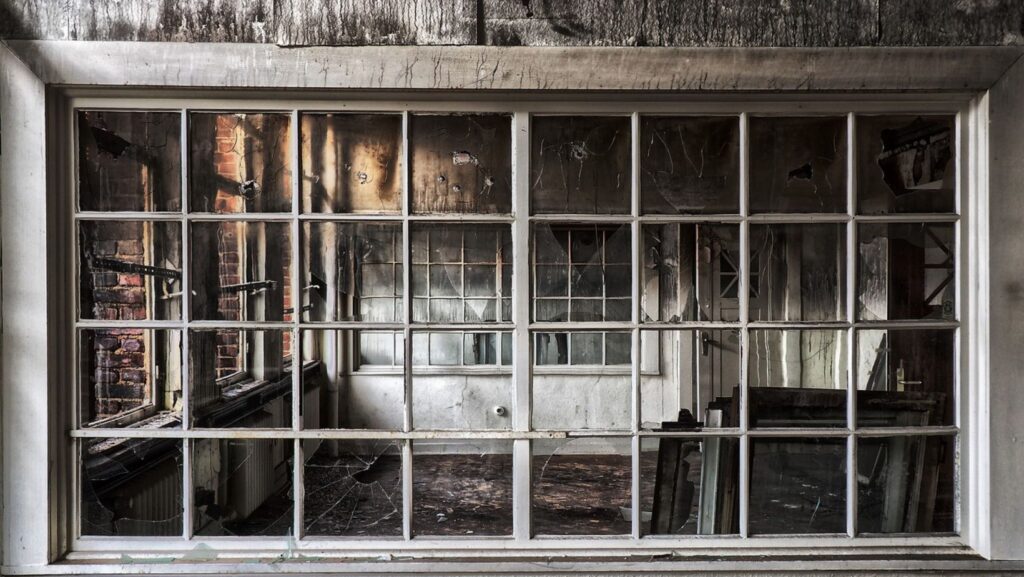A house fire is a devastating event that can leave you feeling overwhelmed, anxious, and unsure of where to begin the recovery process. From damaged belongings to compromised structural integrity, the aftermath of a fire can seem insurmountable. However, with the right approach and steps, you can start to rebuild not just your home but also a sense of normalcy in your life. This guide will walk you through practical steps to navigate a fire-damaged home, from safety concerns to dealing with insurance and restoring your property.
Exploring Different Recovery Options
After experiencing the devastation of a house fire, homeowners often face tough decisions about the best path forward. While some may choose to restore their home, others might explore different solutions, such as downsizing or moving to a new location. In certain cases, especially when the damage is extensive, selling might be a more practical option. For example, if you own a house in Plano with fire damage, the cost of repairs might outweigh the benefits of staying. In such situations, selling the property as-is could provide the financial means to start fresh in a new home without the burden of a lengthy and expensive renovation process.
Step 1: Ensure Safety Before Re-Entry
The first and most crucial step after a fire is ensuring that it is safe to re-enter your home. Fires often weaken structural components of the building, and unseen hazards like toxic fumes, weakened floors, and electrical malfunctions could pose serious risks. It’s vital to wait for clearance from the fire department or other local authorities before stepping back inside. Once inside, wear protective gear such as gloves, masks, and boots to minimize exposure to soot, debris, and hazardous materials.
Step 2: Document the Damage
Before beginning any cleanup or restoration work, thoroughly document the damage to your property for insurance purposes. Take detailed photos and videos of every room, noting items that have been destroyed or severely damaged. Don’t forget to include the exterior of your home, as fires can cause damage to windows, roofing, and walls. Creating an inventory of damaged belongings, complete with receipts or estimates of their value, can expedite the insurance claims process and ensure you receive the compensation you need to rebuild.
Step 3: Contact Your Insurance Company
After documenting the damage, your next step should be contacting your insurance company to report the incident. Provide them with all necessary details, including the documentation of the fire’s aftermath. The insurance company will likely send an adjuster to assess the damage and guide you through the claims process.

Be prepared to ask questions about what is covered under your policy, including whether living expenses are reimbursed if you need to stay in temporary housing while repairs are made.
Step 4: Begin the Cleanup Process
Cleaning up after a fire can be a lengthy and difficult task, but it’s essential for preventing further damage. Start by removing items that are salvageable and separating them from those that are too damaged to restore. Be cautious when handling items covered in soot or ash, as these particles can cause respiratory issues. If the damage is extensive, consider hiring a professional fire damage restoration service. They have specialized tools and techniques to clean smoke-damaged surfaces, remove soot, and purify the air in your home.
Step 5: Address Structural Damage
Once the initial cleanup is done, it’s time to address any structural damage caused by the fire. This can include repairing or replacing walls, ceilings, floors, and roofing that may have been compromised. It’s important to hire qualified professionals, such as contractors and structural engineers, to assess the stability of your home and ensure all necessary repairs are done properly. Ignoring structural issues can lead to long-term safety risks and more costly repairs in the future.
Step 6: Eliminate Smoke Odor and Water Damage
A significant challenge after a fire is removing the lingering smell of smoke and dealing with water damage caused by firefighting efforts. To eliminate smoke odor, deep-cleaning carpets, upholstery, and draperies is a must. You may also need to repaint walls and replace insulation if the smoke damage is severe. Water damage, on the other hand, can lead to mold growth if not addressed promptly. Dehumidifiers, air movers, and professional-grade cleaning solutions can help mitigate this issue and ensure your home is safe and dry.
Step 7: Restore or Replace Personal Belongings
Deciding what personal items can be saved after a fire can be an emotional and challenging process. Items such as clothing, furniture, electronics, and family heirlooms might be salvageable with professional cleaning or restoration services.

For irreplaceable items like photographs or documents, consider reaching out to specialists who can restore fire-damaged materials. However, for items that are too damaged, it may be more cost-effective to replace them rather than attempting restoration.
Step 8: Rebuilding and Renovating Your Home
Once your home has been cleared of debris, odors, and structural damage, you can begin the process of rebuilding. Depending on the extent of the damage, this could involve anything from minor renovations to a full-scale reconstruction. Work with licensed contractors to ensure that your home is rebuilt according to modern safety standards. In some cases, you may want to take this opportunity to upgrade certain aspects of your home, such as installing fire-resistant materials or upgrading electrical systems to prevent future hazards.
While the road to recovery after a house fire can be long and challenging, taking these practical steps will help guide you through the process. From ensuring safety and addressing structural damage to dealing with the emotional toll, each step plays a crucial role in helping you regain a sense of stability. With patience, support, and the right resources, you can rebuild not just your home but your life, turning a traumatic event into an opportunity for renewal and growth.


More Stories
The Importance of Quality Siding in MA
The Impact of Automated Window Treatments on Modern Home Design
6 Creative Roofing Designs That Redefine Modern Homes